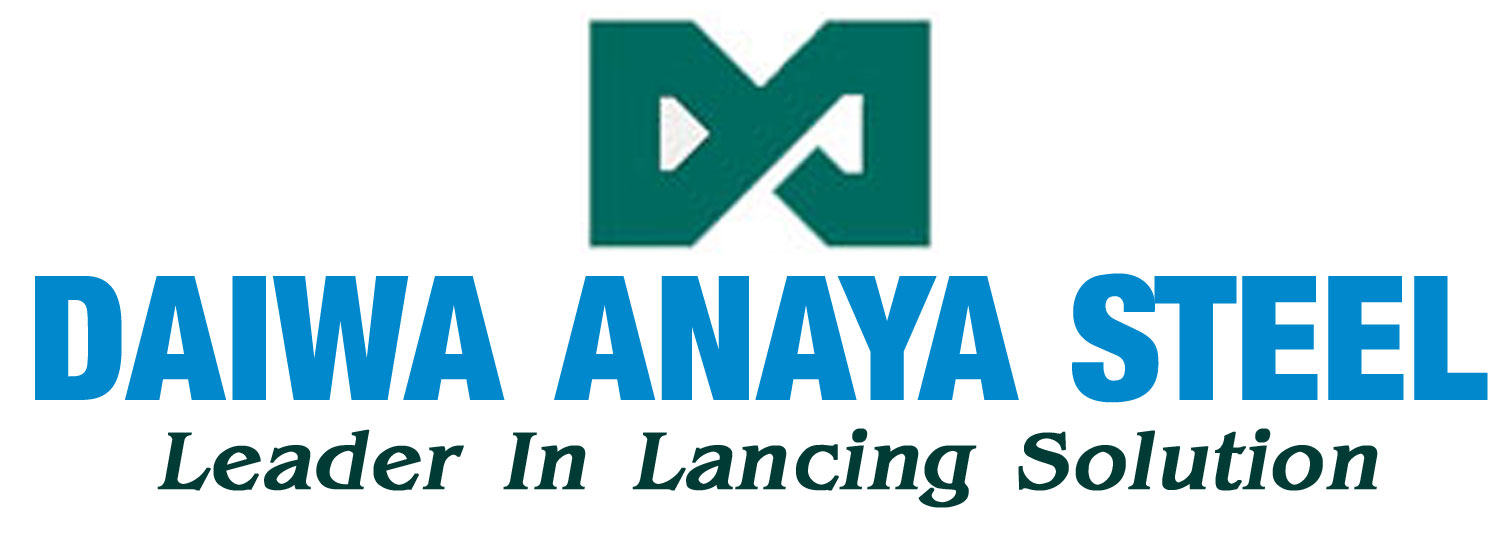Steel being one of the core elements of society is utilized in our daily life in many areas as the most necessary construction element. Also, steel sector is recognized as one of the three largest carbon dioxide producers at this moment. To diminish their carbon footstep from both an environmental and an economic perception, steel players around the world are increasingly faced with a decarbonization problem. Significant steps must be taken within the next 10-20 years to attain net-zero carbon emissions if we expect to keep global warming to 1.5 to 2 degrees.
The iron and steel industry are currently the largest industrial sector in terms of energy consumption. The creation and deployment of cutting-edge, energy-efficient technology are therefore crucial to manufacture steel. Investment from BF to EAF would take time, therefore, there are numerous ways to support this process of global decarbonization contribution.
Today, we shall be discussing about the various methods and ways to decarbonize the steel industry.
Categories of Metal Scraps and their Cutting Method
Recycling of metal material is an essential step in using the resources effectively and decreasing the impact on the environment. The materials are separated by considering the types and sizes depending on the needs which then goes through the recycling process to become a source of production materials. Like, scrap steel which is the main component of steel production melted by Electric Arc Furnace (EAF). The recycling procedures facilitates hard or large materials into small pieces.
Today in this section, we shall be discussing about how the different types of scraps are collected from the scrapyards to be used in the recycling process and the various cutting tools used.


